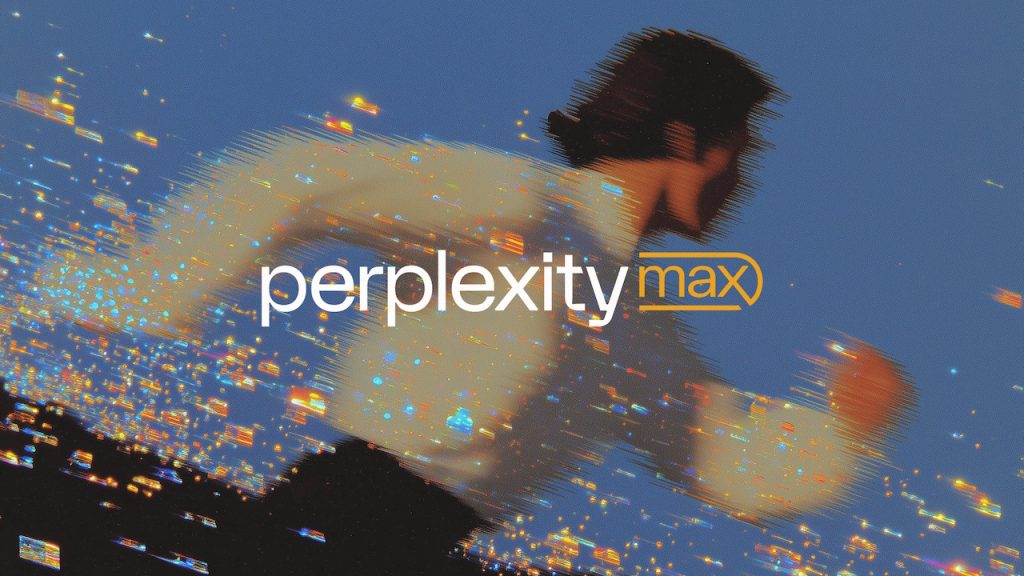AI search engine Perplexity has joined the crowded AI video market, launching a new tool for its premium subscribers on August 12. The feature lets Perplexity Pro and Max users create eight-second video clips with sound from simple text prompts.
This move heats up the fierce competition in the AI video space, placing the company against giants like Google, Microsoft, and OpenAI. By adding this tool, Perplexity aims to give more value to its paying users and compete in one of tech’s most active fields.
Perplexity Enters the AI Video Arena
The launch was officially confirmed by CEO Aravind Srinivas, who explained that “the new feature is currently exclusive for Perplexity Pro and Max subscribers and that mobile users will have to update their app to the latest version for it to work.” The feature builds on Perplexity’s earlier experiments, such as a video generation tool for X users, but marks its first full integration for subscribers.
Available on the latest mobile app version, the tool generates eight-second clips with audio. While the Pro plan offers standard access, Perplexity says Max subscribers get “enhanced quality” and “higher rate limits,” creating a clear value proposition for its top tier.
A Crowded Field of Titans and Disruptors
Perplexity’s new tool enters a market already teeming with powerful rivals and projected to be worth over $2.5 billion by 2032. Each major player has carved out a distinct strategy in the race to dominate generative video, creating a complex and fragmented landscape.
Google’s Veo 3 model set an early benchmark by integrating synchronized audio and lip-syncing, a feature that prompted Google DeepMind CEO Demis Hassabis to declare, “we’re emerging from the silent era of video generation.” The tool was rolled out globally to AI Pro subscribers ($19.99/month) in over 159 countries.
For high-volume creators, Google offers its AI Ultra plan at a steep $249.99 per month, bundling massive storage and AI credits. This clear two-tier strategy aims to capture both the mainstream creative market and the professional studio segment.
Microsoft took a different path, leveraging its partnership with OpenAI to offer the powerful Sora model for free through its Bing Video Creator. This freemium approach, which gives users a set number of fast creations, puts pressure on competitors to justify their costs.
The field also includes specialized startups. Midjourney, known for its artistic image generation, launched its V1 video tool to bring motion to still images. In contrast, Runway focuses on post-production, with its Aleph model designed for editing existing footage.
Alibaba’s open-source Wan2.2 model is also a significant challenger, using an advanced Mixture-of-Experts architecture. Its ability to generate 720p video on consumer-grade GPUs makes high-quality AI video accessible to a much broader audience of developers and researchers.
The Battle of Business Models and Ethics
This intense competition has led to a wide range of business models. Google offers Veo 3 through its AI Pro and Ultra subscription plans but also provides a pay-per-use API for developers at $0.75 per second, targeting both consumers and enterprise clients.
This multi-pronged strategy contrasts with the freemium access from Microsoft and Perplexity. The market is still experimenting to find the most sustainable approach for these computationally expensive tools, balancing user acquisition with profitability.
Philosophical differences are also shaping the landscape. Elon Musk’s xAI deliberately courted controversy by launching its Grok Imagine generator with a “spicy mode” that allows for the creation of NSFW content, including partial nudity.
This move directly opposes the strict content filters of its rivals and aligns with Musk’s free-speech absolutism. It has drawn sharp criticism, especially following an earlier controversy with a Grok model, which led Poland’s Minister of Digital Affairs to state that “freedom of speech belongs to humans, not artificial intelligence.”
Navigating the Copyright and Safety Minefield
Beyond features and pricing, the entire industry is grappling with profound legal and ethical challenges. The most significant is the unresolved issue of copyright, which came to a head when Disney and Universal filed a landmark lawsuit against Midjourney.
The suit accuses the AI lab of training its models on protected intellectual property without permission. In a blunt statement that captures the core of the conflict, Disney’s general counsel, Horacio Gutierrez, said, “Piracy is piracy. And the fact that it’s done by an AI company does not make it any less infringing.” The case could reshape how all AI models are trained.
In response to rising concerns about deepfakes and misinformation, companies are implementing safety measures. Google, for instance, embeds its SynthID digital watermark into all Veo 3 outputs to ensure transparency and help identify AI-generated media.
However, these solutions are not a silver bullet. An independent academic study from the University of Maryland found that watermarks can be vulnerable to manipulation, highlighting the ongoing technological arms race between generation and detection.
Ultimately, the AI video space is a chaotic and rapidly evolving arena where technological innovation is colliding with complex business and ethical questions. For creators, this means an explosion of new possibilities. As filmmaker Darren Aronofsky commented about Veo 3, “now is the moment to explore these new tools and shape them for the future of storytelling.”

